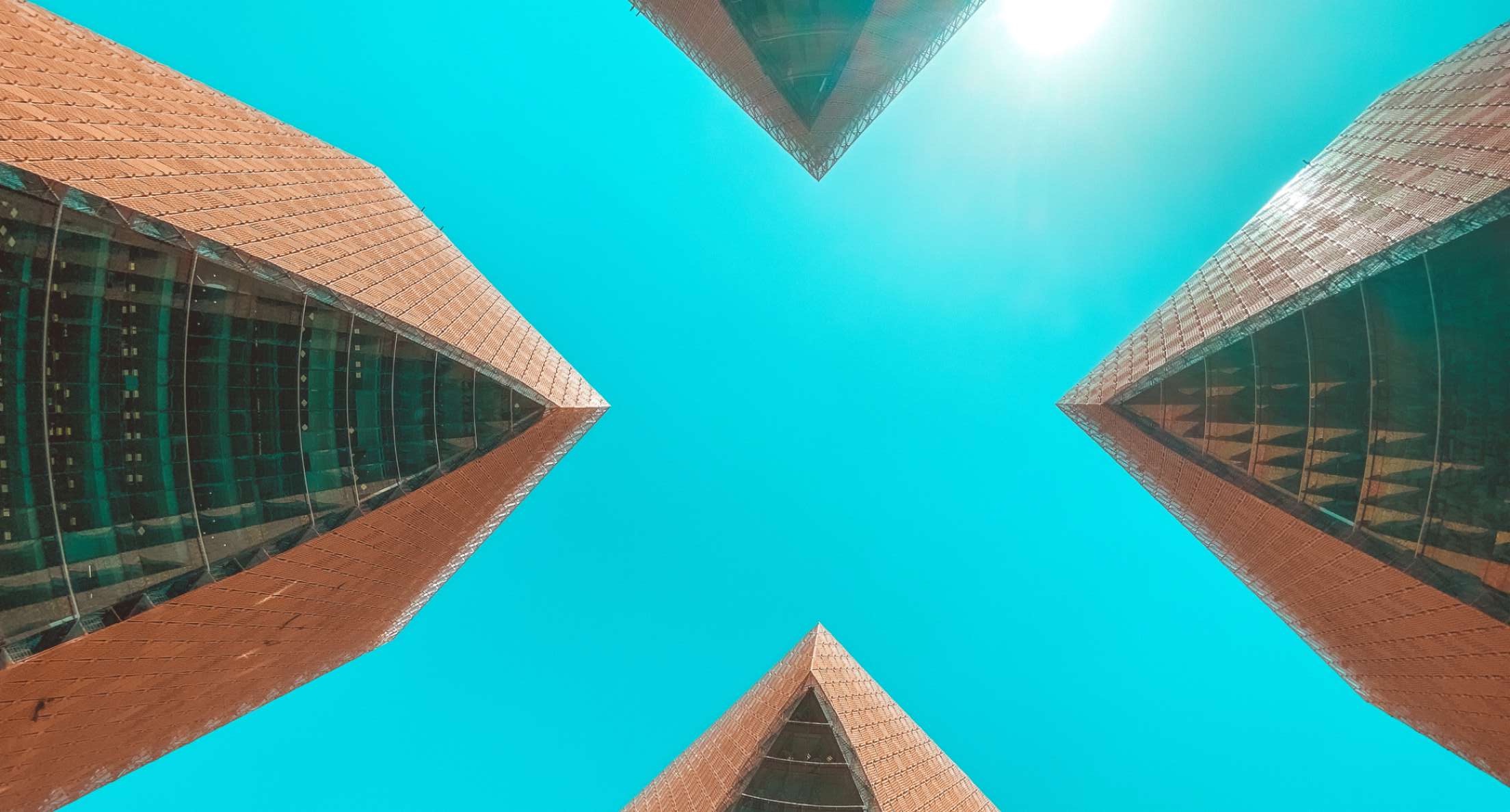Excellence in Digital-Transformation and Sustainability
At The Red Sea Development Company (TRSDC), we have always recognized the power of technology, the experimental mindset, and the willingness to find and try new ways of doing things. This acknowledgment is helping us to achieve our ambitions of creating a responsible and regenerative tourist destination.
The latest relevant actualization of this ambition was being awarded the international standard for managing information of a built asset using the market-leading Building Information Modelling (BIM) – the prestigious BIM Kitemark.
We have been using BIM technology since the inception of the company in 2018 and have been developing our digital project delivery services ever since and are the first global asset owner to be recognized for thisincreasingly important way of working within the design and construction marketplace.
Best Practice throughout the Organization
Through our adoption of BIM, we have shown a highly effective management of information throughout the delivery and operational phase of the project. As a renowned real estate developer, we have grown a huge database of all elements of each of our assets including designs, buildings, landscapes, and bridges, which we are constructing at our first destination - The Red Sea Project. With BIM, we can create a representation, a virtual asset, or a 3D geometric data model out of these physical assets. All of our digital twin assets, which are authored by our design consultants and contractors, are hosted on a Red Sea common data environment database.
We have been working closely with project partners, building BIM capability, to positively impact the market for future digitally enabled projects. Having that mandate, raises the bar of digital transformation regionally and pushes companies working with us to transform their internal processes, which enhances the collaborative work between us in delivering our ambitious project.
For instance, in our digital delivery platform, we have about 160 design contracts for Shaura Island, and so imagine how many teams and consultants we have for the other assets included in the Phase One master plan? As a result, the use of BIM has accelerated the excellency in information management enabling best practices throughout the organization.
Another important element of BIM is that our design and construction database is stored in one cloud or platform which we leverage from. This fact has enabled an efficient and dynamic workflow between our colleagues and partners, ensuring roles and responsibilities are identified and tasks pushed to the right people, keeping progress firmly on track.
With such an innovative way of working, we can ensure that every task is mapped to the right owner, and we can check that every asset owner is delivering as per our standards and procedures and executing correctly. Using BIM helped TRSDC create a shared environment that allows international teams to continue working at pace despite challenging COVID-impacted environments.
Efficient Use of Data
Using BIM means that we have a complete analysis of what we are building onsite. The visualization element enabled by this platform (a 3D model of the physical asset) has helped to establish a 3D coordination to avoid any future clashes. It is an innovative way to resolve things in the design phase before initiating the construction at site.
In addition to discovering any potential obstacles in advance, we can see how the buildings are being constructed in sequence via BIM. With such a detailed database, we can make better data-driven decisions, saving cost and time. This process allowed us to make informed decisions in days rather than weeks.
A Milestone in the Use of Technology
BIM as a concept isn’t new as it began to affect and shape the real estate industries in the last two decades. It is great to see that we have adopted it for project delivery from the beginning, are setting global standards through our efforts, and we look forward to sharing our knowledge with other projects around the world.
About Red Sea Global
Red Sea Global (RSG) is a vertically integrated real estate
developerwith a diverse portfolio across tourism, residential,
experiences,infrastructure, transport, healthcare, and services. This
includes theluxury regenerative tourism destinations The Red Sea, which
beganwelcoming guests in 2023, and AMAALA, which remains on track to
welcomefirst guests in 2025.
A third destination, Thuwal Private Retreat openedin 2024. RSG has
also been entrusted with refurbishment works at Al WajhAirport, focused
on upgrading the existing terminal and infrastructure,and building a new
international terminal.
RSG is a PIF company and acornerstone of Saudi Arabia’s ambition to
diversify its economy. Acrossits growing portfolio of destinations,
subsidiaries, and businesses, RSGseeks to lead the world towards a more
sustainable future, showing howresponsible development can uplift
communities, drive economies, andenhance the environment.
www.redseaglobal.com
RSG is the visionary company behind some of the world’s most ambitious
development ventures, including luxury regenerative tourism destinations
such as The Red Sea and AMAALA.
Across its portfolio, RSG leverages the most innovative concepts,
strategies, and technologies to deliver projects that actively enhance
the wellbeing of customers, communities, and environments.



